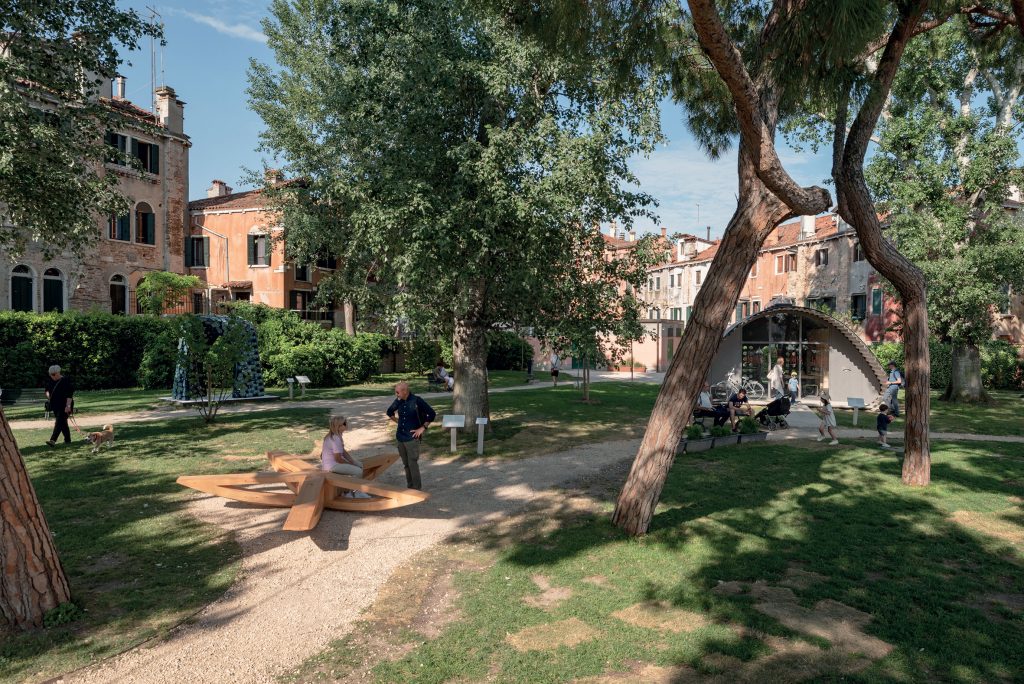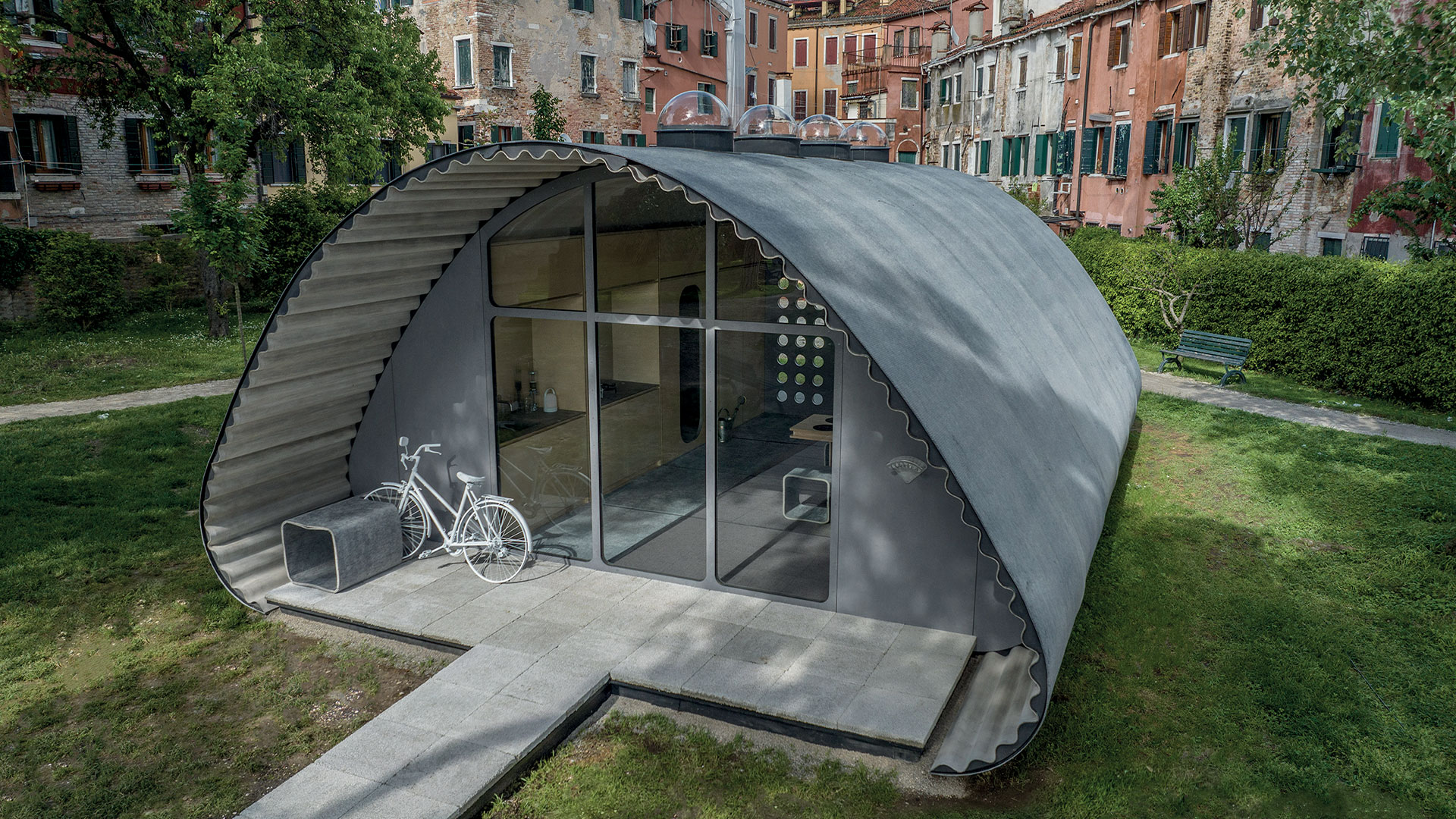
With Rachele De Stefano in the three ECC locations in Venice, among 217 international projects to discover.
Architects, designers, researchers, academics, creative professionals, photographers from 52 countries for a large-scope conversation to hear and understand different voices and perspectives, focusing on modern architecture. Time Space Existence is a large, composite collective exhibition produced by the European Cultural Centre. Now at its sixth edition, Time Space Existence acquired an identity all of its own: more than a container, a true vision on modernity. 217 designs draw a map of the most innovative emerging offers of sustainability in all its forms, from attention to the environment to building technology and material with low energy footprint, to innovation, re-use, circular design, community and coexistence, social justice and inclusion. Rachele De Stefano is the manager of the architecture section at the European Cultural Centre. She spoke with us about teamwork, ideas, visions, and communities, which are the essential elements that contribute to shaping new ideas on how architecture may be popularized. This vision is at the core of Time Space Existence’s success.
A workshop, an exhibition
Since its inception, Time Space Existence has been an open space to international audiences and a space for professionals to put their ideas together. Every two years, it offers a platform for documentation, confrontation, and exchange of ideas. It seemed natural for us to show not only architecture, but also creations by artists and designers. We believe every discipline can offer a different point of view on the world, and this plurality of ideas and perspectives is what we want to show, hopefully as a source of inspiration and reflection.

Tying it all together
This is not an exhibit of ready-made solutions. We act as a tool for the sharing of ideas, research, designs developed in different regions by the many people that are looking for a shared solution against global problems. Some designs are experimental, other utopian, others more concrete. No perfect solution exists, and the whole world is a workshop that, day in day out, cranks out ideas, materials, people, animals… and builds a piece of our future. We think what matters is to let the world know what’s going on in architecture today, trying to cover the largest visual horizon. We are open to input from global businesses as well as from architecture studios, students, and universities. All can make a difference.
Scale models, 3D, AI
Since 2012, TSE has been showing more, and more diverse designs. While earlier architects thought and communicated about his work using the shared language of their profession, now they look for different solutions elsewhere, like robotics or digital technology, and discover new ways to communicate. The projects we have been showing at TSE offer visitors virtual experiences, too, using augmented reality, interactive installations, and screenings.

Climate change, net zero, sustainability, ecology
Certainly, one of the most interesting projects in the exhibition is Adrian Parr’s, who researched trans-species design to create a new perspective on existence, a reflection on the world we share with other living beings. Another project on carbon neutrality and responsible resource exploitation is Marinaressa Coral Tree, a project on minimalism, circularity, regeneration the University of Stuttgart developed for the Giardini della Marinaressa, here in Venice. A project based on responsible management of natural resources and on the creative potential of architectural design.
Migration, housing, cities
One of the projects that looks for solutions to problems in the areas of social emergency and migration is Essential Homes Research Project, presented by Norman Foster Foundation and Holcim. These essential dwellings offer safety, comfort, and well-being to displaced people, who can live decently in these home for as long as twenty years. Holcim built these dwellings using ecological solutions, like ECOPact low-carbon concrete or Elevate insulating panels. We also collaborate with the Civic Data Design Lab at MIT together with the United Nations World Food Programme – the two will present Distance Unknown, whose main exhibit is a piece of tapestry that illustrates what factors push vulnerable families in Central America to migrate, and what costs they face.
Languages and inclusivity
It is essential that our project is accessible to everybody, which is also why there’s no ticket to pay to see the exhibition – it’s free. This makes the exhibition as democratic as possible, not only for what we show, but for the way it is experienced by visitors. With our exhibitions, we hope to stimulate conversation and discussion. We invite our visitors to question the issues of modernity using the many languages and methods that belong in our vision and in our projects.